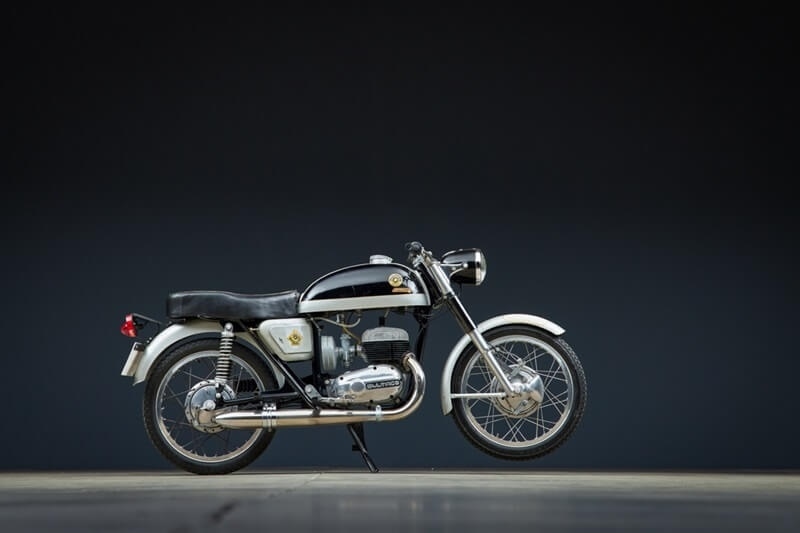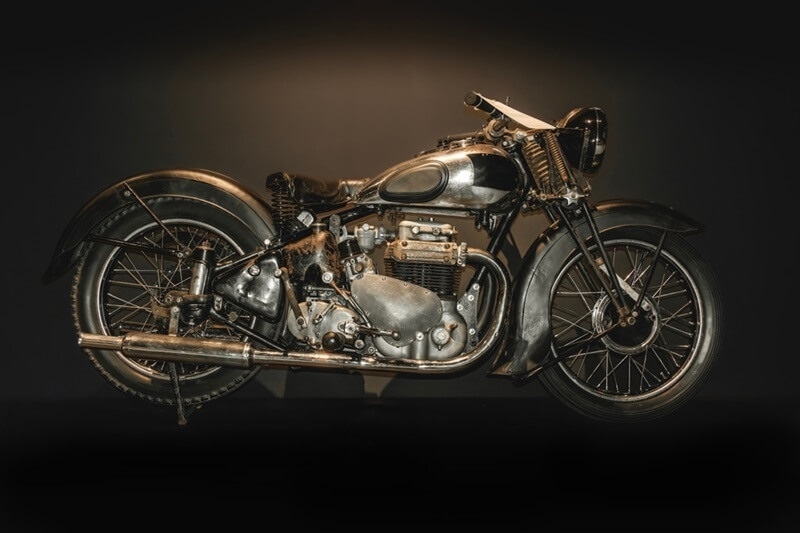
There is something special in the marriage of classic appearances and modern technology, and that is what riders are seeking when they search the market for a retro bike. In this retro motorcycle review, we explore what defines this category, how it differs from other style trends, which motorcycles provide the best blend of beauty and utility, and what two veteran companies, Triumph and Royal Enfield, have to offer in this field. Let’s look at close relative modern classic bikes, neo-retro bikes, and the unavoidable cafe racer comparison when nostalgia hits the throttle.
In motorcycling, style cycles. What's old is new again. Retro bikes (also referred to as vintage-style bikes or neo-retro motorcycles) provide you with the visual reminders of a past era-teardrop tanks, rounded headlights, spoked wheels, minimalist bodywork-but with safe contemporary innards.
That's why companies have gravitated so much towards this market: consumers want the soul and emotional attachment of an old bike, without giving up on modern braking, electronics, ride quality, and dependability.
When considering a retro motorcycle, the key question is: How well does the motorcycle serve form and function? Does it merely look like a throwback, or does it provide modern competence too?

When writing about retro motorcycles, you’ll often see a few overlapping or confusing terms: modern classic bikes, neo-retro motorcycles, and vintage-style bikes. Understanding their interplay helps in evaluating and ranking contenders.
In a retro motorbike review, when we say new classic motorcycles or neo-retro bikes, we're examining how each of them balances heritage against innovation.
Before diving into specific models, a good retro motorcycle review should cover certain axes. Here's a quick checklist:
| Feature | Why It Matters | Typical Benchmarks |
| Brake and suspension hardware | Many vintage bikes were under-braked and softly sprung. Modern riders expect better | Disc brakes (often ABS), upside-down forks or modern cartridges, adjustable shocks |
| Engine character vs power | The feel (low-end torque, smoothness) matters more than outright horsepower | 50–100 hp in mid-sized twins; healthy torque in usable bands |
| Ergonomics and comfort | Classic lines can impose compromises on rider posture or pillion usability | Mid-mounted pegs, comfortable seats, manageable reach |
| Electronics suite | Even retro machines now need safety systems | ABS, traction control, ride modes (if appropriate) |
| Maintenance accessibility | The appeal of a retro bike fades if servicing is a headache | Easy-to-access filters, good parts support, and tolerances that work for street use |
A robust retro motorcycle review will candidly assess where a bike leans more towards “style” versus “substance.”
Let's take some real examples and observe how charisma intersects with performance. These are the bikes that typically come up in any sincere retro motorbike review.
Strengths are excellent value and retro character; weaknesses are limited suspension and middle-of-the-pack power against high-end bikes.
While conducting a comparison of Triumph vs Royal Enfield, the Thruxton family is a shared reference point for retro mystique. The modern classics from Triumph (Bonneville, Scrambler, Speed Twin) provide a lineage and cache that many motorcyclists equate with "heritage." The Thruxton, in RS or Ton-Up form, melds that lineage with premium hardware-gourmet suspension, better brakes, and niceties of finish.
In most retro motorcycle review pieces, the Thruxton is credited with eliciting emotional engagement at a cost to rideability that is not too great.
These bikes often serve as comparison points in deeper retro motorcycle review articles.
You’ll often see a café racer comparison as a sub-theme in retro reviews, because the café racer aesthetic is arguably the most romantic and recognizable. But not all retro bikes are true café racers.
Cafe racer motorbikes originally were road motorbikes tweaked for brief bursts between cafes. Factory-made cafe racers (like Thruxton, Continental GT, BMW R nineT Racer) today adopt clip-on handlebars, low seats, streamlined looks, and riding positions that lean towards sportiness.
A good retro motorcycle review must find the balance between whether a bike is only dressed up to be a racer, or whether its geometry, ergonomics, and performance truly capture the café spirit. Usually, you have compromises: low bars but minimal power; style over suspension calibration.
One of the most hotly discussed questions in the retro / neo-retro world today is the Triumph vs Royal Enfield review - which company is greater value, character, performance, and long-term support?
In most retro motorcycle review comparisons, Royal Enfield takes the affordability or charm battle, and Triumph wins the hardware or "able at speed" war.
It's where Royal Enfield typically shines in a Triumph vs Royal Enfield comparison: basic price, spares, servicing, ingenuity of design, and global backup in economy markets. Buyers looking for a strong retro appearance without high-end costs may lean towards Enfield.
It is in the reviews that one usually encounters the cost of having a Triumph in the long run (spares, premium components) as greater, whereas for Royal Enfield, it is cost vs. satisfaction.
In every retro motorcycle test, there are some old-school tensions that manifest:
Observe U.S. spec and dealer support-some international retro/neo-retro models have limited U.S. coverage.
A retro motorcycle review is more than a list of specs- more of a measure of how well a bike combines heart and hardware. The ideal retro ride gives that "time-travel" feel when sitting in line with classic bikes, but is versatile and confidence-inspiring.
Between the sophistication of new classic bikes, the artistic liberty of neo-retro motorcycles, and the classic romance of vintage-style bikes, the market today has an option for almost every type of rider. In head-to-head brand comparisons, such as Triumph vs Royal Enfield review-you can expect subtle compromises between polish, character, price, and heritage.
This content was created by AI